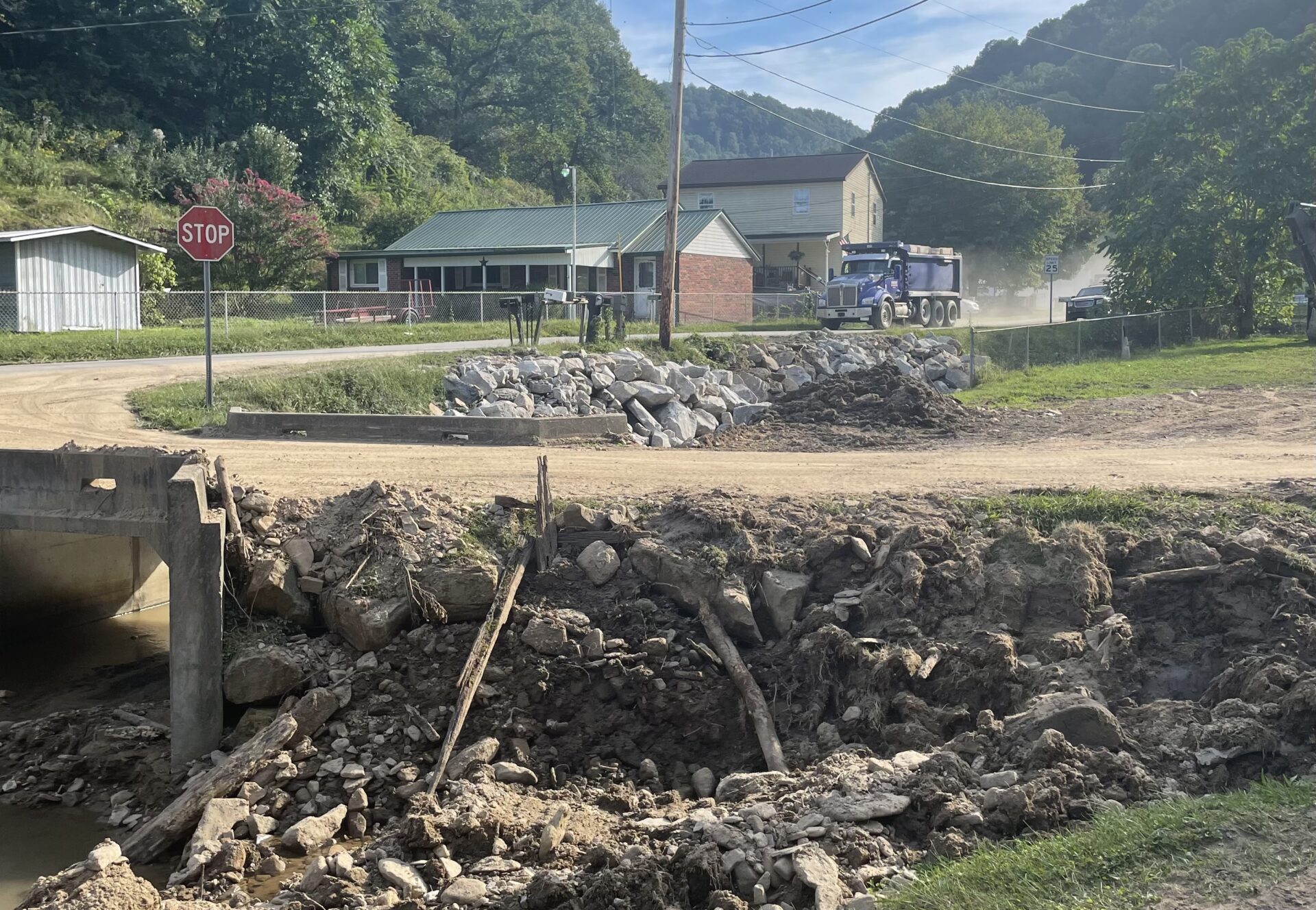West Virginia residents have until April 1 to claim federal aid for property damages or losses resulting from flash flooding in August 2023.
The Federal Emergency Management Agency (FEMA) announced the deadline for filing claims Wednesday. It applies to residents of Boone, Calhoun, Clay, Harrison and Kanawha counties.
Last summer, flash flooding ravaged homes and businesses across southern and central West Virginia. In January, President Joe Biden declared the incident a major disaster, which allowed residents to claim federal disaster recovery funds through FEMA.
So far, more than $1 million has been allocated to disaster recovery efforts.
FEMA grants do not need to be repaid, and the organization encourages residents to apply for aid even if they have insurance. FEMA does not provide grants for damages covered by insurance, but will subsidize costs not covered through insurance claims.
Although most aid claims focus on structural damages, FEMA can also help cover some specific damages not included in insurance plans. This can include wells, furnaces, private roads, private bridges and septic systems.
For more information on how to file a claim, residents can contact FEMA’s Disaster Assistance Helpline at 1 (800) 621-3362, or visit disaster recovery centers in Boone, Clay, Harrison or Kanawha counties.
To learn more about filing a claim online, visit www.DisasterAssistance.gov.
